BABY TEETH AND TEETHING — WHAT PARENTS NEED TO KNOW
When your baby goes from gummy grins to toothy smiles, they’ve hit a milestone. Those itty bitty chompers serve an important role in the development of teeth and mouths.
Your baby is born with a primary set of 20 teeth. They’re hiding beneath the gums. You’ll see a first tooth poke through between 6 months and a year, usually one of the bottom front. After that, your child’s teeth will erupt one or two at a time until all 20 emerge, usually by age 3.
Baby teeth set the stage for grown-up choppers.
Baby teeth set up your child’s mouth for their permanent teeth. Think of them as place holders. First they create space for adult teeth. Then they guide big teeth into place as they start coming in.
Those primary chompers also help maintain good nutrition. That’s because they help your child chew and digest food properly. What’s more, baby teeth help form jawbones and muscles to facilitate speech development.
Left untreated, decay in primary teeth can lead to problems in permanent teeth. The premature loss of primary teeth may require a mouth appliance to maintain and reserve the space where a permanent tooth will eventually erupt.
<INSERT IMAGE: INFANT CHEWING ON TEETHING RING>
Signs of teething.
Many babies will begin to show signs of tooth eruption around four months of age with actual tooth eruption around six months. The signs and symptoms of teething are obvious. According to Johns Hopkins Medicine look for:
- Drooling — Your child may begin drooling more than usual.
- Chewing — It’s common for children to put their fingers and solid objects into their mouths more frequently.
- Tender Gums — Gums may become swollen.
- Fussiness — Your child may become irritable, cranky, and have difficulty sleeping.
Soothe sore gums.
You can help your child’s teething discomfort with these parent-tested and pediatrician-approved tips:
- Use a clean finger to gently rub your child’s gums.
- A cold washcloth or a chilled (not frozen) teething ring helps soothe their gums.
- Dry the drool. Due to the increase of drooling that teething causes, be sure to prevent skin irritation by drying your child’s chin and keeping it moisturized.
Make an appointment with a pediatric dentist after the first tooth erupts or by your infant’s first birthday, whichever comes first.
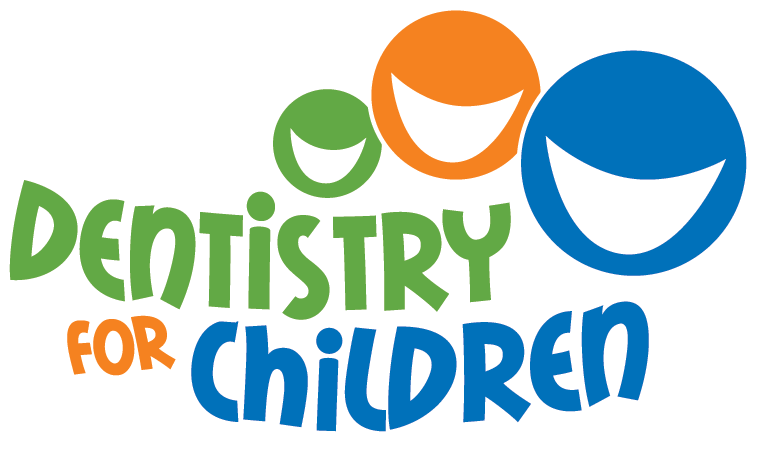
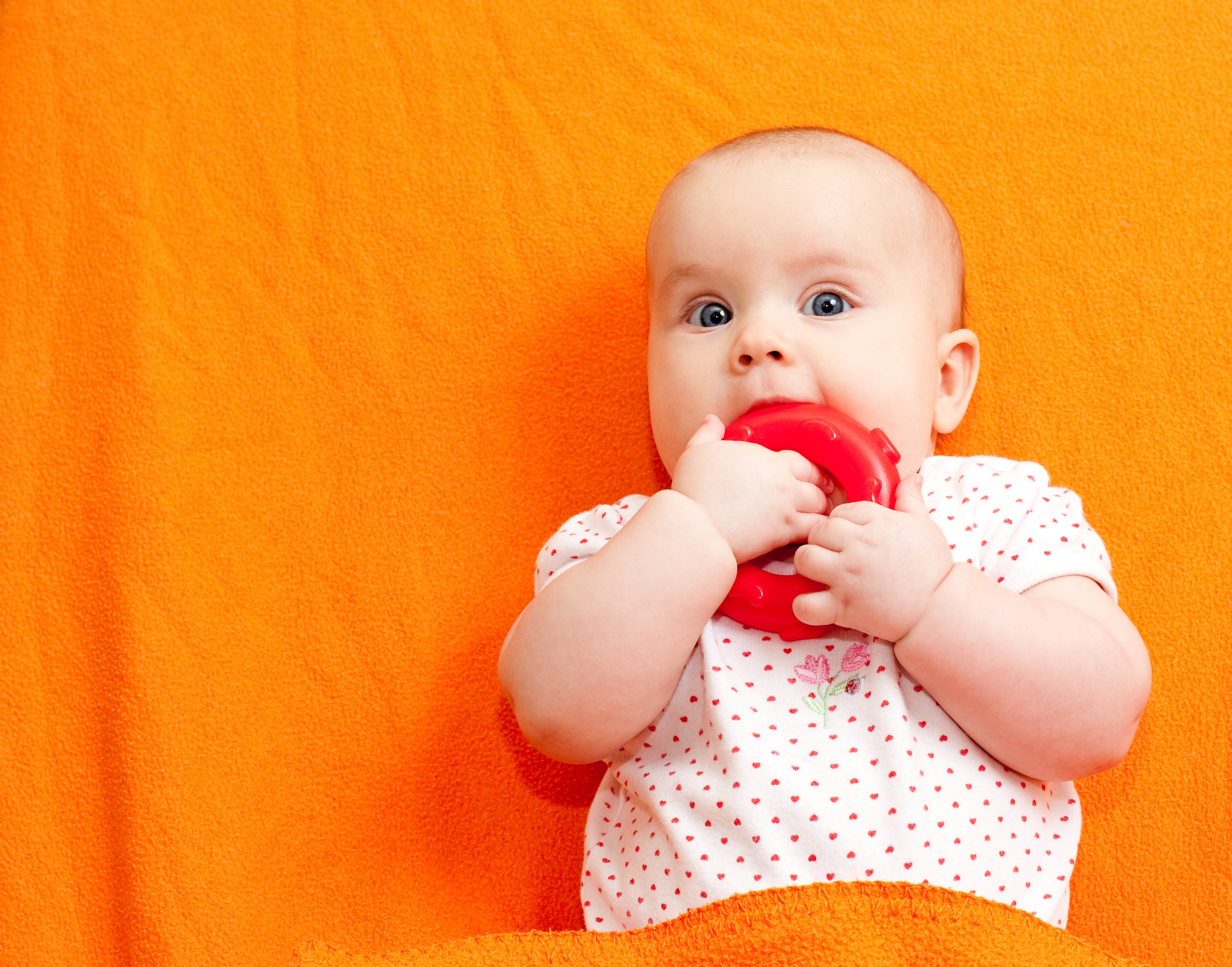
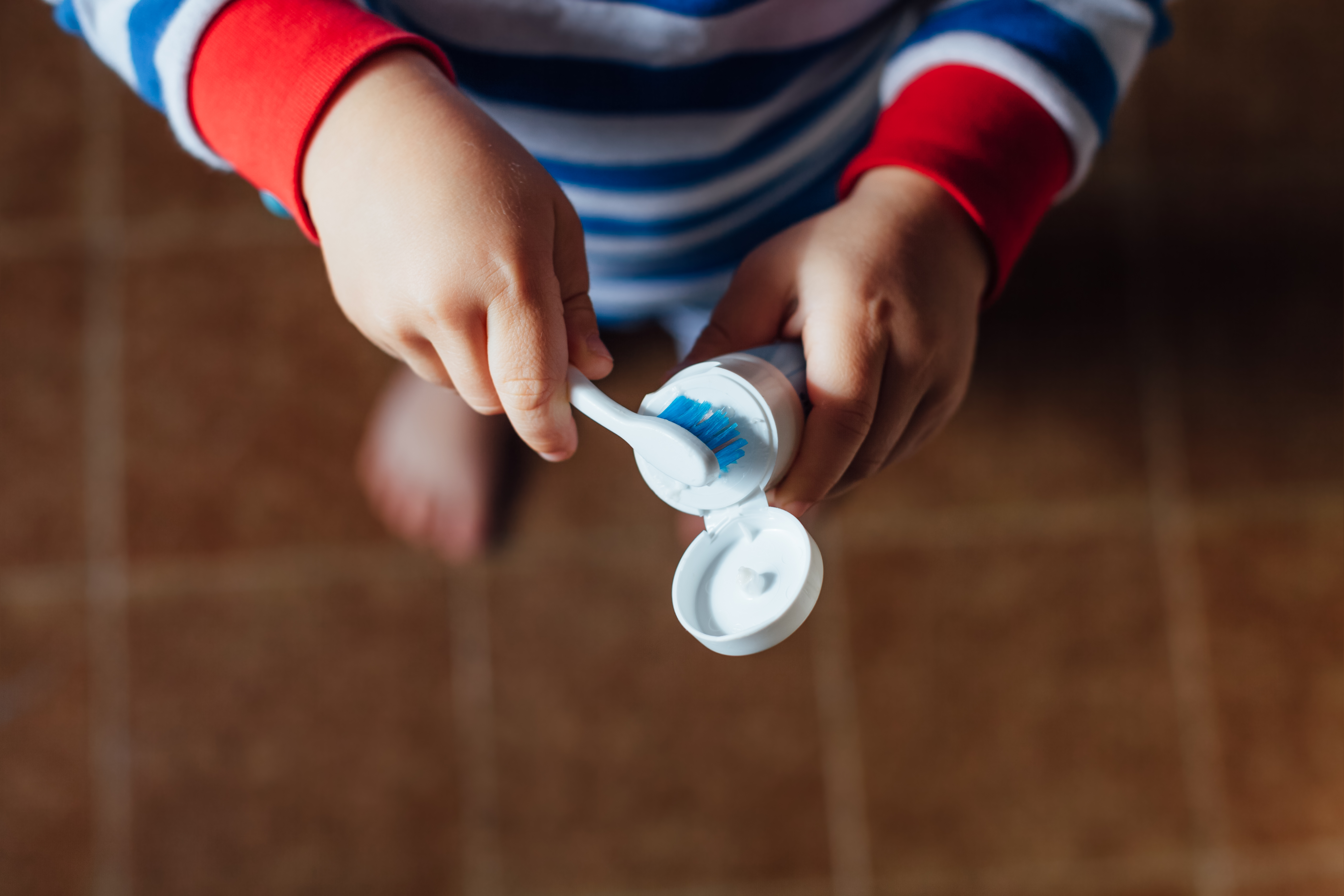

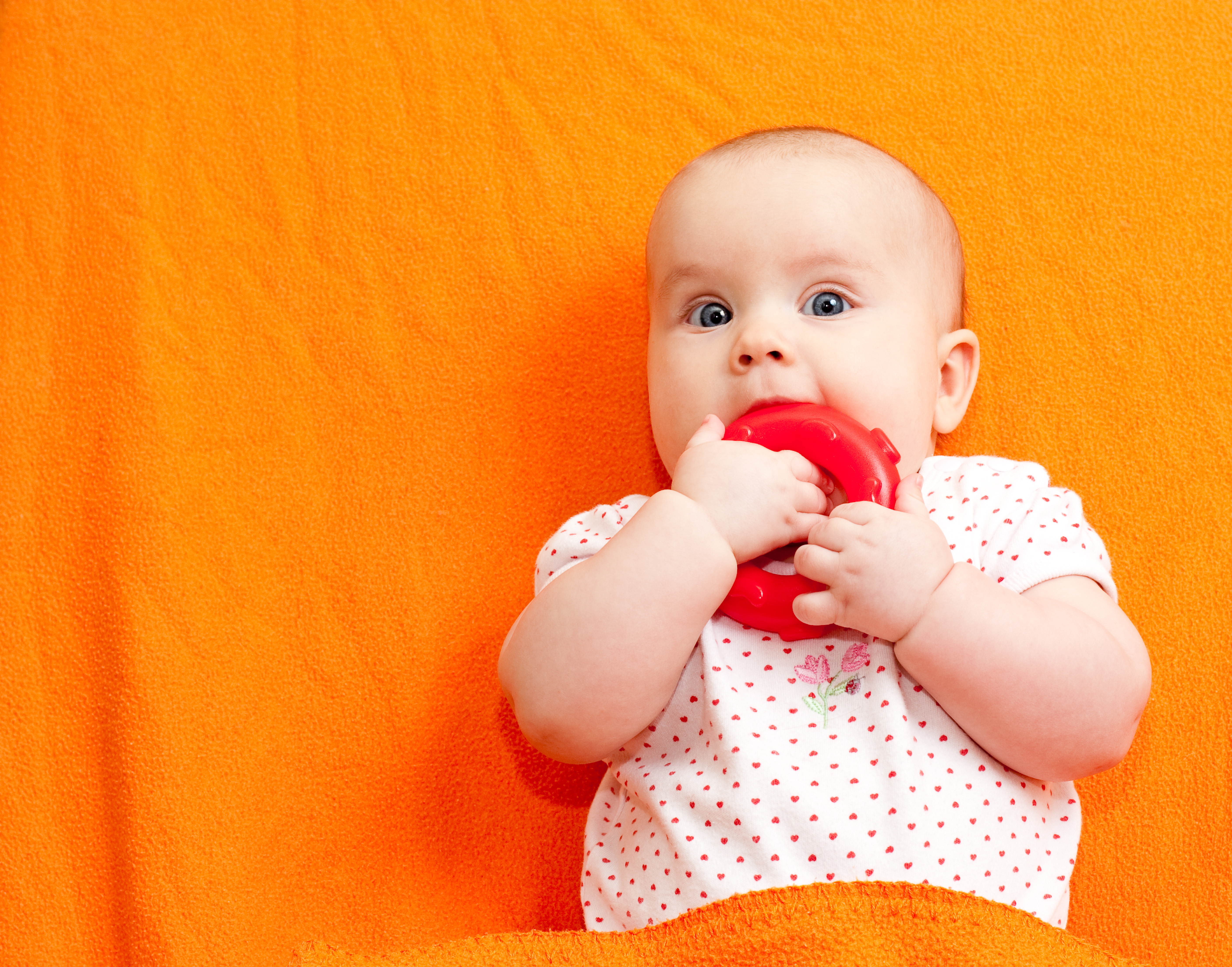
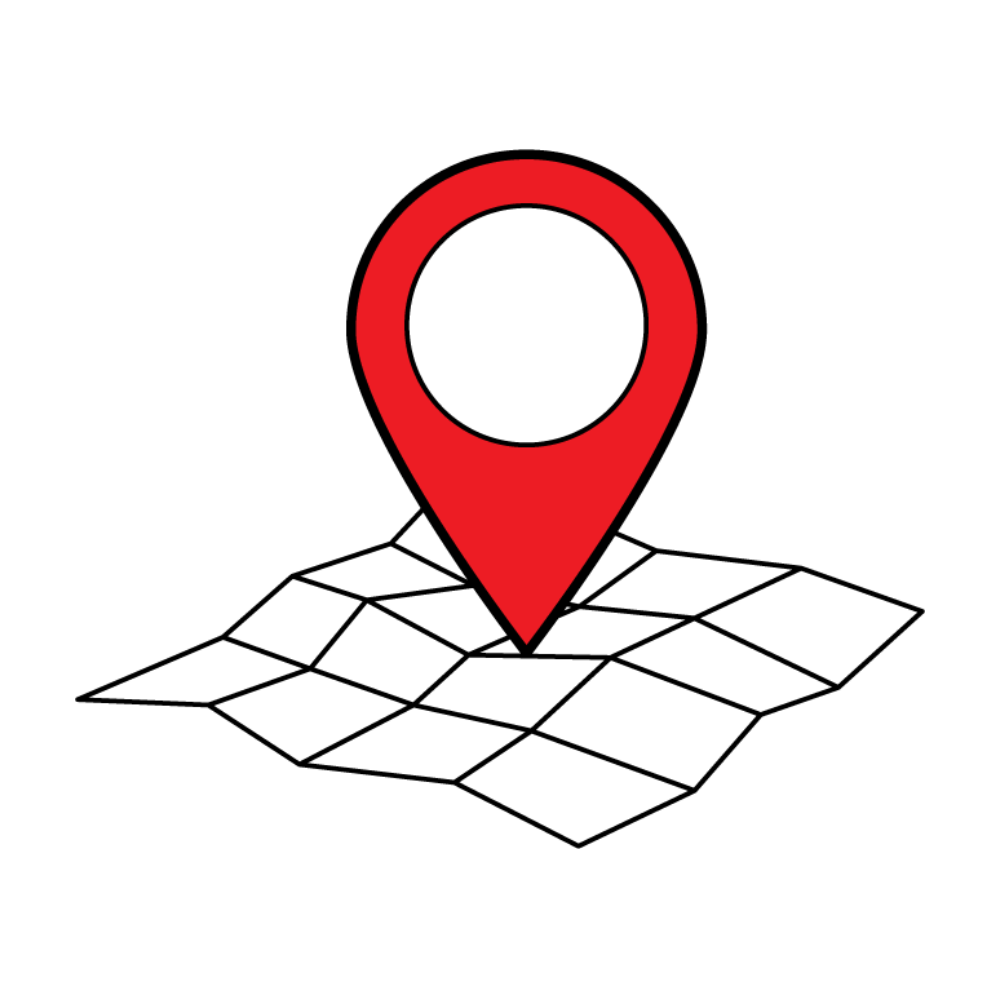 Find Us
Find Us